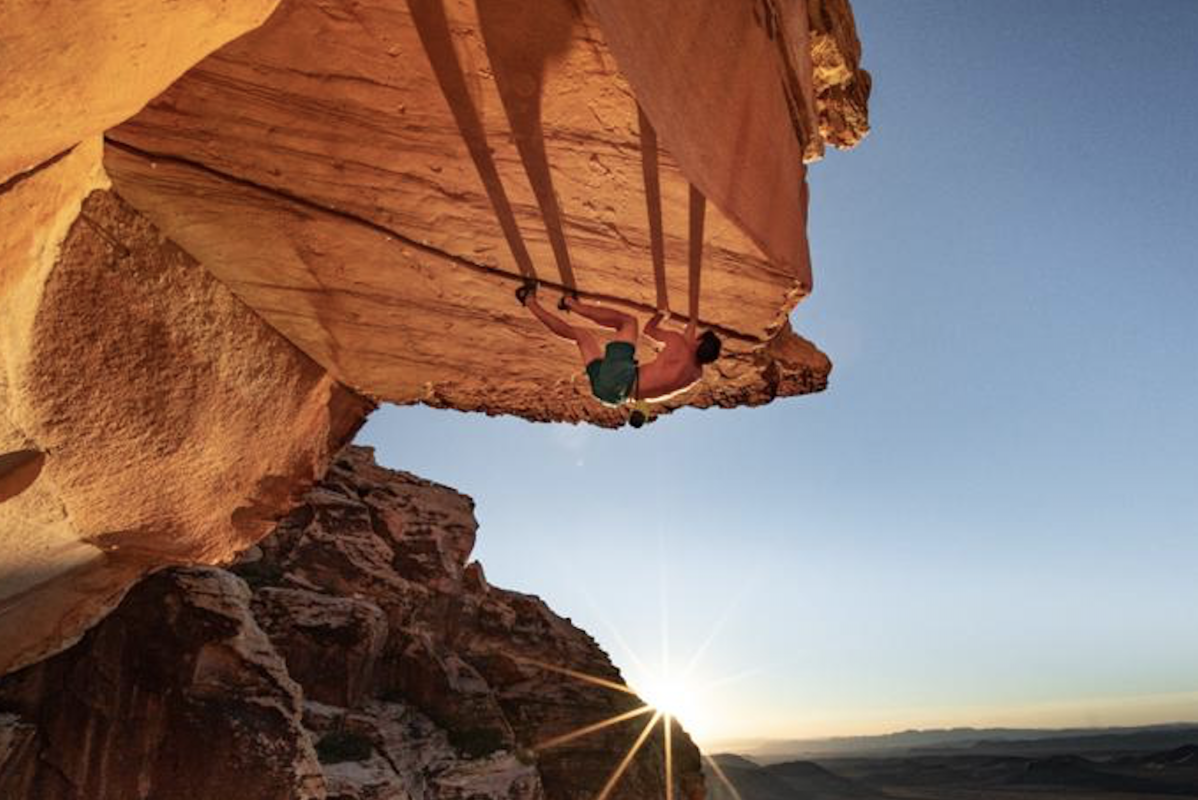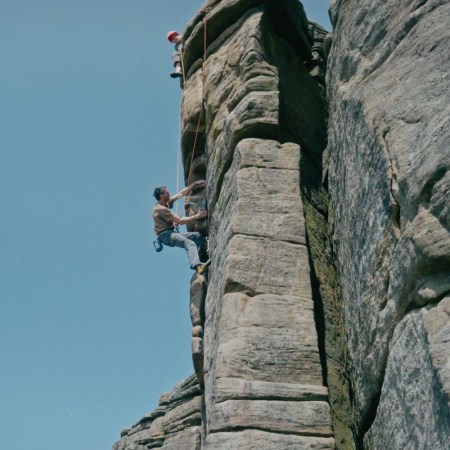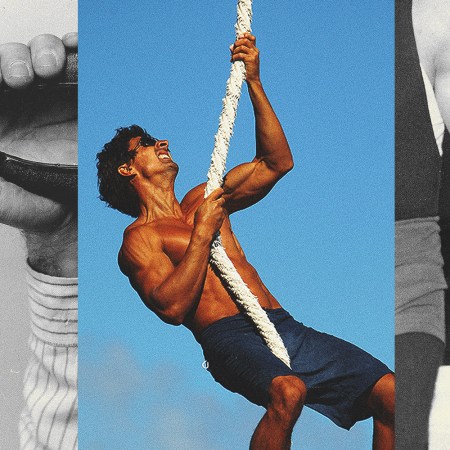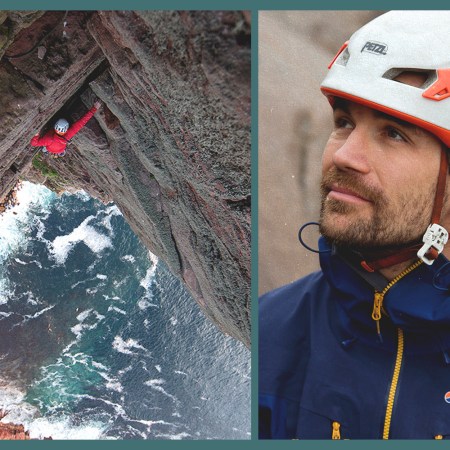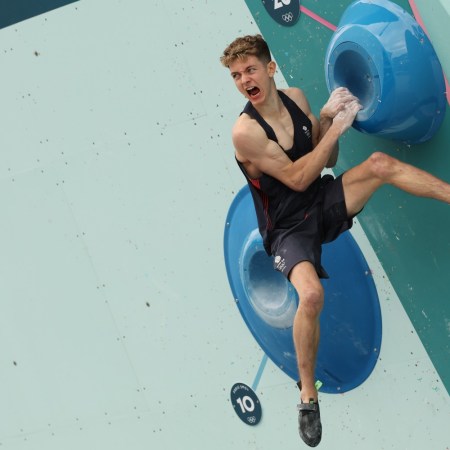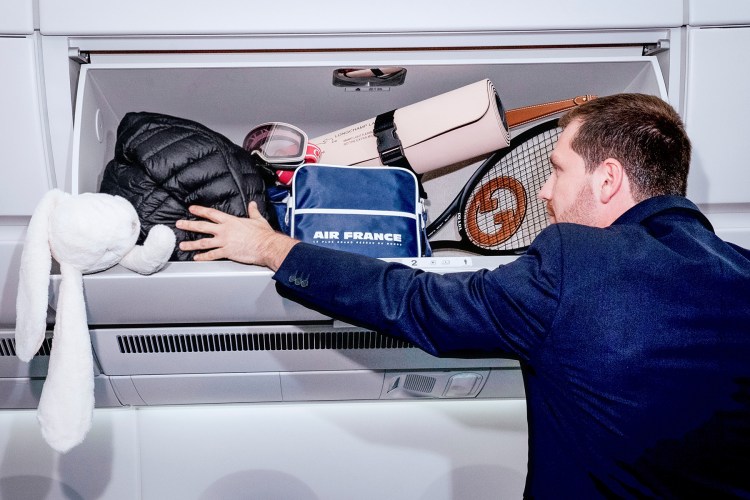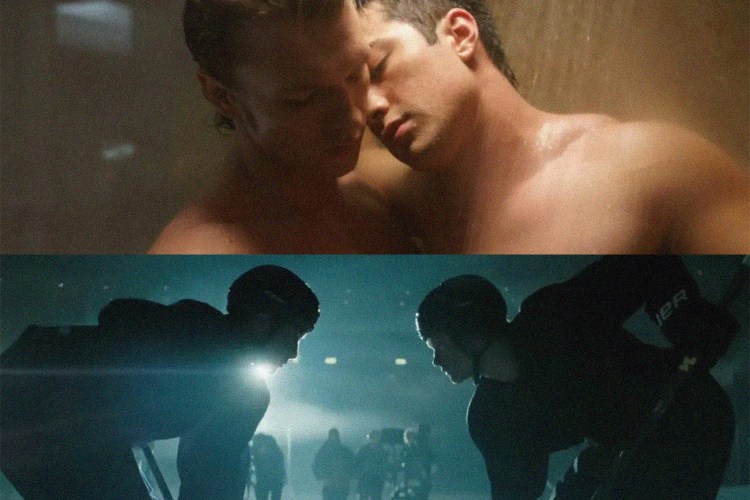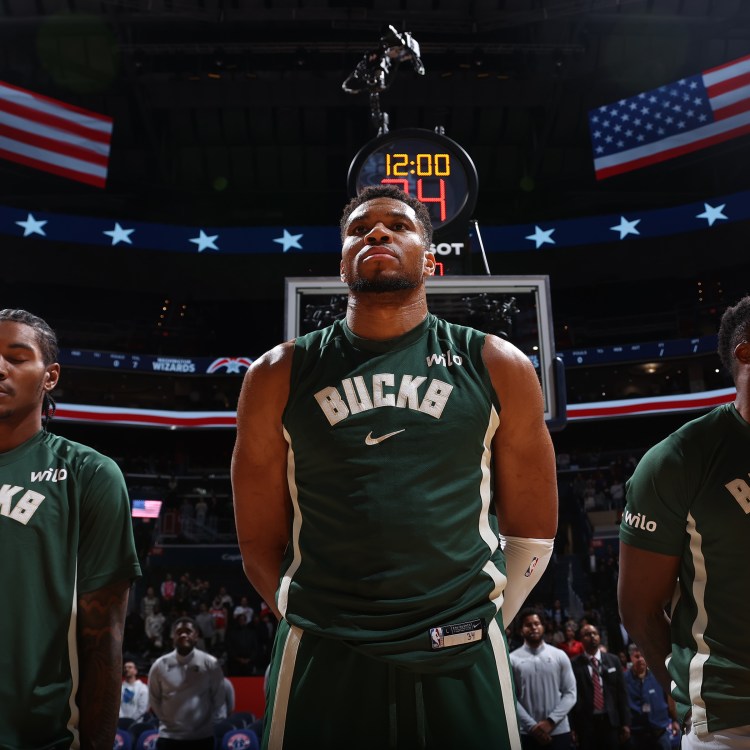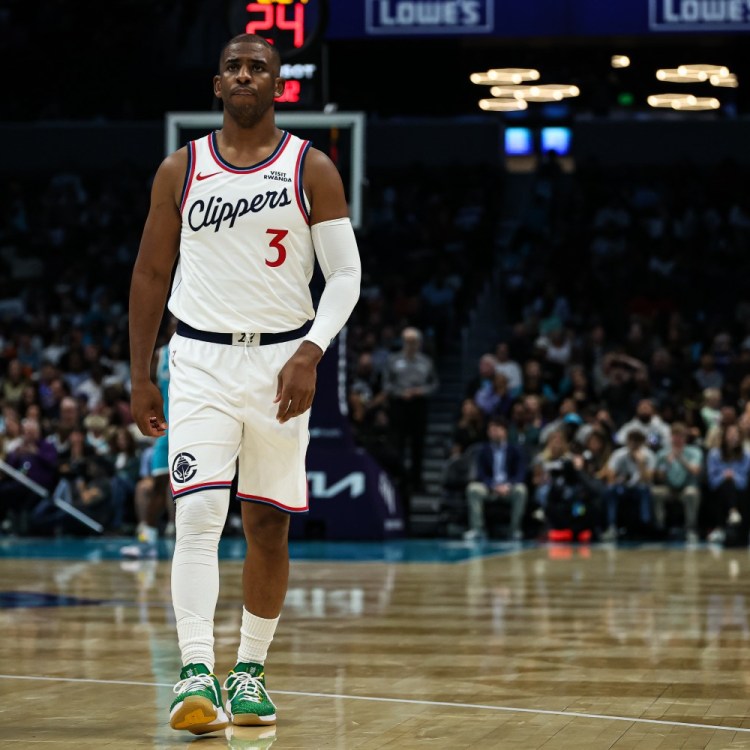Introduced to the masses in 2018 in the Academy Award-winning documentary/horror flick Free Solo, American rock climber Alex Honnold is the subject of a new two-part virtual reality film, Alex Honnold: The Soloist VR, that was just released on Oculus TV.
The immersive VR film, which is made to be viewed in 360 degrees via a Meta Quest VR headset, follows the 36-year-old on free solo climbs with Red Bull athlete Nicolas Hojac in Italy and France as well as lets viewers tag along when Honnold heads to Yosemite National Park and hangs out at home with his wife Sanni McCandless.
To make the at times stomach-churning film, which allows viewers to watch Honnold but also provides the freedom to examine the rest of the world he operates in from a first-person perspective, director Jonathan Griffith spent a lot of time hanging out with the world’s foremost free soloist, literally, while filming over the course of two years.
That’s because Griffith (The Alpinist, Everest VR) had to climb along with Honnold in real-time in order to capture the unbroken and unparalleled shots that allow the film to be watched in an immersive, 360-degree manner.
“I’m definitely not soloing it like Alex otherwise they’d be making a film about me rather than him,” Griffith tells InsideHook. “I had a climbing partner I was roped with and I’ve lived in Chamonix pretty much all of my adult life so I am a climber. Before I got into VR I was a climbing photographer and cameraman so I’ve climbed all over the planet. It’s not alien to me, but this production was pretty nuts. It’s really complicated shooting in VR because you have to get out of the scene as much as you can. I used a super heavy camera with eight cameras in it and a rigging system I could carry in my backpack. It wasn’t light by any means. When shooting these things, you have about a day to climb them so everything has to be light and fast, but the camera is anything but light. I knew it was going to be really hard work and logistically really complicated, but even I was surprised what we were managing to pull off at times. I mean, even Alex said it was pretty crazy.”
As Griffith explains, shooting in VR is similar to real estate: it all comes down to location, location, location.
“VR is really interesting because in normal filmmaking you have lenses so you can zoom in and out. You can play around with focal distances for blurring and not blurring. There are a million tools,” he says. “We have none of these things in VR because it’s what we see in reality. I can’t zoom in, I can’t play around with anything. I can’t tilt the camera to make it look steeper because then the horizon will be off. Location is everything in VR. It’s basically the only tool you have at your disposition. We planned this production for like two years and I knew these routes like the back of my hand. In my head, I already knew exactly where I wanted the cameras and the exact positioning. Every single location in the film I thought about many times in advance.”
Remember that six-minute tracking shot that brought the fourth episode of the first season of HBO’s True Detective to a climax? That’s nothing compared to the unedited takes of Honnold that Griffith had to capture.
“In normal film work, you just cut away and you don’t lose everything,” Griffith says. “That’s what makes VR so complicated. You have to respect time, because as a viewer, you are aware of the passage of time because the sun moves in the sky and everything else. You can’t really chop around as you would normally do in filmmaking. If I filmed and went down and went back up the next day to re-shoot one sequence, you’d think, ‘That’s weird because the weather’s different’ or ‘Those clouds weren’t there in the previous shot and now they’re here.’ In VR you see everything and it just wouldn’t match. “What I love about VR is it’s really raw and honest. The viewer sees where you really are. There’s no way to trick it which is cool because it means you’ve got to work your ass off to get those shots. All these things also make VR super complicated to film.”
Complicated, but worth it.
“With Alex, all people want to know about is the scary, morbid side of it. The thing he really wanted to do in this film was to show people the beauty of where he is,” Griffith says. “Everyone’s always like, ‘Oh my God, it’s so crazy. If you let go of you’ll die’ and he’s like, ‘Yeah, but look around where I am. It’s absolutely amazing to be up in these locations by myself. There’s no rope attached to me, but it’s beautiful here.’ The thing that really motivated him was to be able to show people it’s a beautiful experience and not just about adrenaline and dread.”
And since The Soloist VR was produced without any voiceovers or added music or effects, viewers are able to get a pure dose of that beautiful experience and have the freedom to explore it as they see fit.
“The thing I’m most proud of is the way I’ve done all the story-boarding because it means that I’m not forcing or enlisting a reaction from you at all as a viewer,” Griffith says. “I’m putting you in this deeply personal adventure with Alex and I let you entirely have your own personal reaction. I think by the end of it, you don’t rip off the headset and like, ‘Fuck yeah!’ But I hope you’ll take off the headset and be like, ‘Wow. I just had this like deeply personal connection with this guy on this adventure for the last month and it felt very live and real the whole time.’ I kind of like that. I haven’t forced anything and instead let you think what you want to think and feel what you want to feel. It’s up to you, which I think ultimately makes it become a more powerful experience.”
And one worth having — even if you’re scared of heights.
The Charge will help you move better, think clearer and stay in the game longer. Subscribe to our wellness newsletter today.
